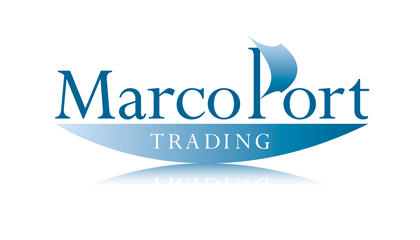When giving specifications for a product, it is best to give everything in metrics. Doing so will make things simpler, easier and reduce the chances of error.
China, like the rest of the world, has adopted the metric system. The US is just one of the few countries that have not put it into full practice yet. While it is possible to use US measurements, there are almost no advantages to doing so but many potential pitfalls.
With the US still the largest economy in the world and the entity asking for the production the customer, Chinese or other overseas factories are often willing to accept specifications and measurements given in US units. However, keep in mind that this may be the only time that the people at the factory have encountered US measurements and thus they do not have any experience with them.
Usually, the factory will simply convert everything to metrics for internal use and then convert back to US measurements when contacting the customer. This creates another layer of complexity though and increases the chances of mistakes. There is also a greater chance of misunderstandings since people overseas looking at US measurements have no inner sense of what inches or other US measurements represent.
With this in mind and the fact that the metric system is fundamentally more rational and easy to use, it is almost certainly best to simply convert everything to metrics when giving specifications. This will save time and reduce complexity.
Also, metrics have made some inroads in the US so most Americans at least have a concept of what they are and how they work. The same cannot be said for US measurements overseas. It often makes the most sense to only use metrics for products. There is no reason to use two systems when one will do.
In short, metrics make the sourcing process easier, reduce the chances of error and should be used whenever possible.
